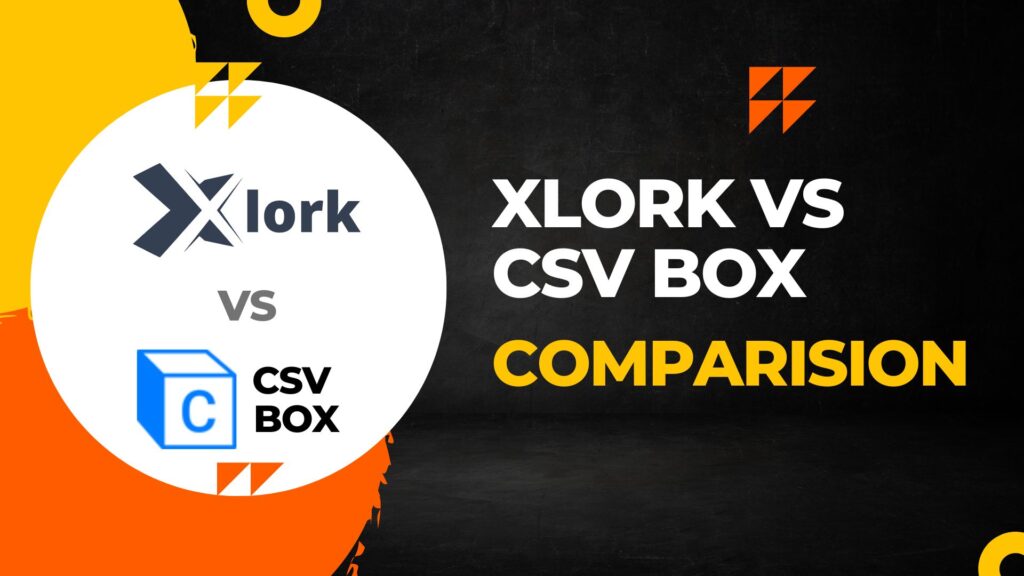Mastering Data Analysis and Refinement: Strategies for Effective Data Cleaning and Modification
Data analysis is the process of inspecting, cleaning, transforming, and modeling data in order to discover useful information, draw conclusions, and support decision-making. Data analysis involves examining large datasets to identify trends, patterns, and correlations that can inform decision-making and provide insights into various aspects of a business or research problem.
To ensure the accuracy and reliability of the insights and conclusions drawn from data analysis, it is crucial to have clean and modified data. Data cleanliness and modification involve the process of identifying and rectifying errors, inconsistencies, and missing values in the data. Clean data is data that is free from errors, duplicates, inconsistencies, and outliers. Data cleaning is an essential step in the data analysis process as it helps to improve the quality and validity of the data, thereby enhancing the accuracy and reliability of the analysis results. Furthermore, data cleaning also involves modifying and transforming the data to make it suitable for analysis.
Data cleaning is important because it helps eliminate errors and inconsistencies in the data, which can distort the analysis results (Rathakrishnan et al., 2022). These errors can arise from various sources, such as data entry mistakes, measurement errors, or system glitches. By cleaning the data, researchers can identify and fix these errors, ensuring that the data accurately reflects the real-world phenomenon being studied (Rathakrishnan et al., 2022). In addition, data cleaning also involves addressing missing data and outliers. Missing data can occur due to various reasons, such as non-response from survey participants or technical issues during data collection. By addressing missing data, researchers can minimize bias and ensure that the analysis results are representative of the population being studied.
In conclusion, data cleaning and modification are essential steps in the data analysis process. It involves identifying and rectifying errors, inconsistencies, and missing values in the data, ensuring its accuracy and reliability. Data cleaning helps improve the quality and validity of the data, enhancing the accuracy and reliability of the analysis results. By eliminating errors and addressing missing data, researchers can ensure that the data accurately reflects the phenomenon being studied and minimize bias. Data cleaning also involves transforming and modifying the data to make it suitable for analysis. Through these processes, managers and researchers can make informed decisions based on reliable and accurate data, leading to better outcomes.
